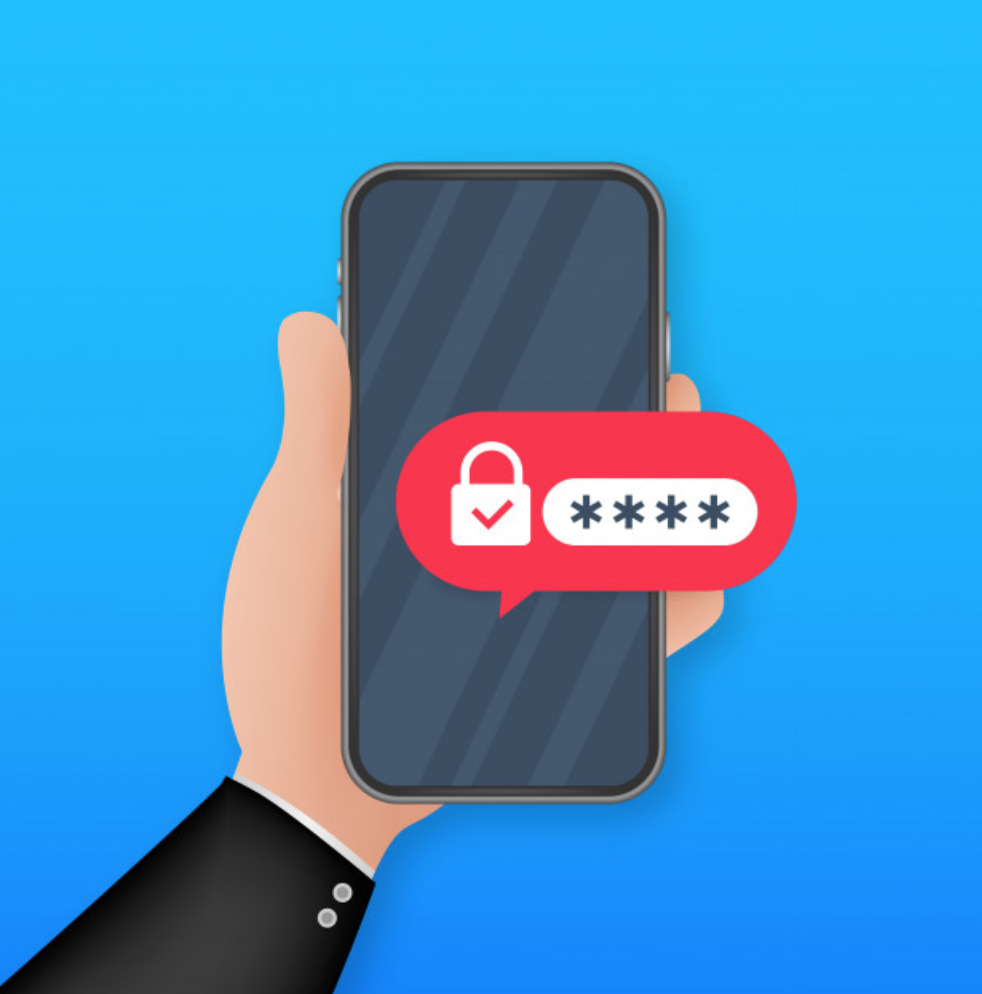The Art of Managing Chargebacks
A few days ago, a question from Josh Kallmeyer in the Trends Facebook group prompted a long answer. People constantly have questions about chargebacks, and we’re always happy to answer them. Chargebacks can be a very significant hit for many businesses.
Chargebacks can have a huge effect on the payment processing capabilities of your business, and you’re standing with your payment processor. In short, no payment processor likes having to deal with them. So, the more you rack up the worse your standing with your payment processor becomes.
Managing chargebacks is, therefore, a major headache. This is Ibuprofen for that headache.
There Is No Escaping Chargebacks
The first thing you need to understand about chargebacks is that there is no winning them. As much as I’d love to say the problem is completely solvable, it just isn’t. Every business will deal with chargebacks at some point. You should put in work to prevent them – so they happen less – but you need to be ready for any that come up.
Another difficult pill to swallow is the fact that even winning a chargeback can have an impact on your business. You could win every chargeback that comes up. But if there a high percentage of chargebacks coming up, it’s still going to put your MSP in a position to limit (or close) your account. When there’s a high volume of chargebacks, either way, you can expect to see limits put on your sales volume.
So, you can never fully erase chargebacks or their effect on your business. What you can do is limit the volume of your chargebacks, and manage them effectively. Having and implementing a strategy for chargebacks is the key to remaining in good standing with your payment processor, even when incidents do come up.
The Tools You Should Use
The best defense is a good offense. You need to implement best practices in your customer journey and be communicative with customers after the sale. That way, if anything comes up, you can resolve the matter directly. This prevents a dispute needing to be filed and keeps you in good standing.
Then, you should be keeping an eye out for fraud. Right now, if you haven’t already, you need to implement a system for dealing with chargebacks that come in. If you can work through chargebacks before they get back to your payment processor, you’ll have already cut out most of the issues.
There are tools on the market that can help you deal with this. Having security measures in place, like 3D Secured, is a great first step. These require the user to verify their transaction, which can help catch fraudulent payments. Everyone should be using some system like this, but (as we mentioned to Josh) you’ll also want something more.
We recommend using services from companies like Signifyd, who go a step further with their fraud detection. Signifyd, as an example, reviews card data and IP addresses and compares them with location data to track fraud. Similar tools are offered by most major credit card companies, like Visa and MasterCard. These tools can catch and handle these chargebacks quickly, and do so mostly in the background.
Simply operating on best practices can prevent both fraudulent and non-fraudulent chargebacks. They are the best practices for a reason. Make sure to have extensive documentation to create legal protection, and to try to work with customers directly to solve issues. If you’re catching the problems before your payment processor, you’re doing well.
Similarly, you’re doing well as long as you’re fighting fraud. Penalties from chargebacks occur because they’re a problem for the other companies involved in your payment processing. If you’re willing to bear the load, they’re much less likely to care. Take chargebacks on as your responsibility, and you’ll be okay.
What To Do If You’re Really Worried About It
If you’re really losing sleep over your chargebacks, you can consider moving to a higher tolerance payment processor. They’ll be more accepting of chargebacks, although they’ll often have higher fees. And you’ll still need to stay on top of your chargebacks.
You should also be analyzing and responding to any fraudulent chargebacks you do get. Sometimes, you’ll see something a computer doesn’t. You might be able to detect fraud that a computer didn’t recognize, or you might notice a pattern developing. If your chargebacks are coming from a specific device, behavior, or product, you can make alterations that will cut down.
Chargebacks are a pain for everyone to deal with. And everyone does deal with them. If you’re having particular trouble with them, reach out at GetPaid@DirectPaymentGroup.com and we’ll go through your sales back and help you get more solid footing against chargebacks. We love solving issues for businesses, and this is a big one. Having your payment processing setup correctly is key to keeping business fun.









